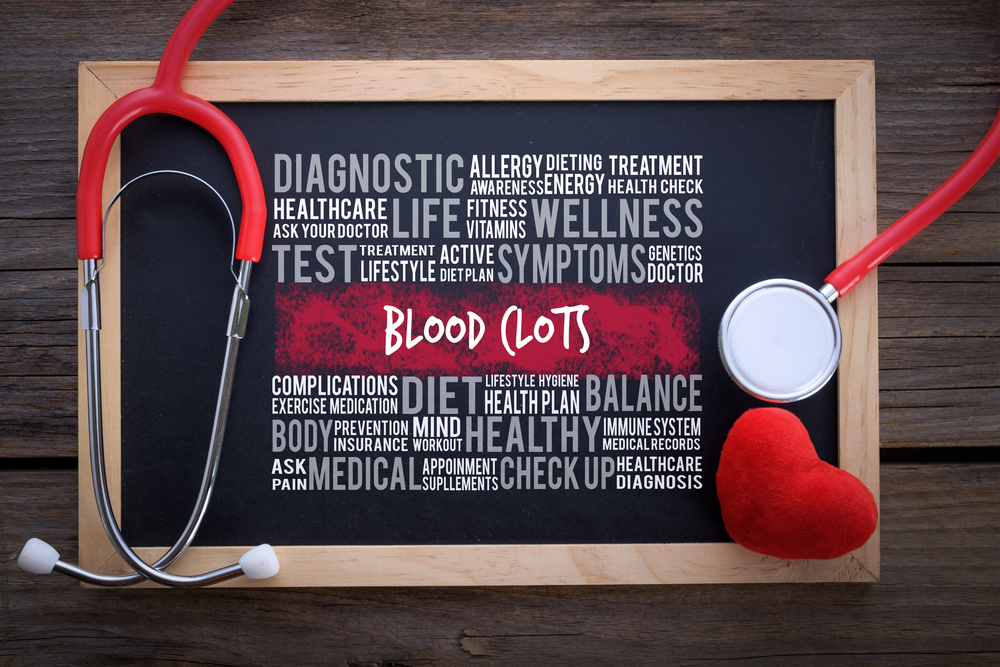No Symptoms

Approximately 50% of all individuals who get deep vein thrombosis or a blood clot/s in the leg exhibit little to no symptoms. Although a blood clot which doesn’t come with symptoms is usually an indication that the clot hasn’t reached a serious stage, this may not be the case. Large blood clots requiring immediate attention can fail to cause symptoms until the clot has dislodged and traveled throughout the bloodstream.
For this reason, make an effort to prevent blood clots especially if you are at risk. For instance, you should wear comfortable, loose-fitting clothes, stockings, and socks as well as avoid sitting for extended periods (continuously for an hour). You should also purpose to be physically active and lower your sodium/salt intake.

It is advisable to raise your leg periodically 6-inches above your heart as an effective clot prevention measure. Individuals who are at risk of developing clots should wear special stockings such as compression stockings prescribed by a doctor. You should also do exercises prescribed by your doctor and change your sitting position frequently during long trips. Also, don’t stand continuously for an hour. You should also avoid injuring your legs, bumping or crossing them. Lastly, don’t self-prescribe medicines. All the medication you take should be prescribed by a doctor or qualified health practitioner.
More from Things Health
-
Pooping Blood? Here are Some Common Causes of Blood in Stool
Blood in stool is related to many factors. It can be nothing to worry about, or it can indicate a serious medical condition. The amount…
-
Understanding the Causes of Leg Cramps
Leg pains and cramps can be a very uncomfortable experience for anyone. Thus, it is essential that you understand what remedies will work for you…
-
10 Causes of Leg Cramps – and How to Stop Them
Although they are usually harmless and actually quite common, leg cramps can be both uncomfortable and painful. In this article, we provide an overview of…
-
10 Signs You Might Have an Ulcer
An ulcer is a crater that typically develops in either the lining of the stomach, a gastric or peptic ulcer, or at the opening of…
-
Could Your Marriage be Playing a Role in Your Health?
Ah, marriage. Whether you are married, know someone who is married or have seen married couples, you know that there are both good times and…






